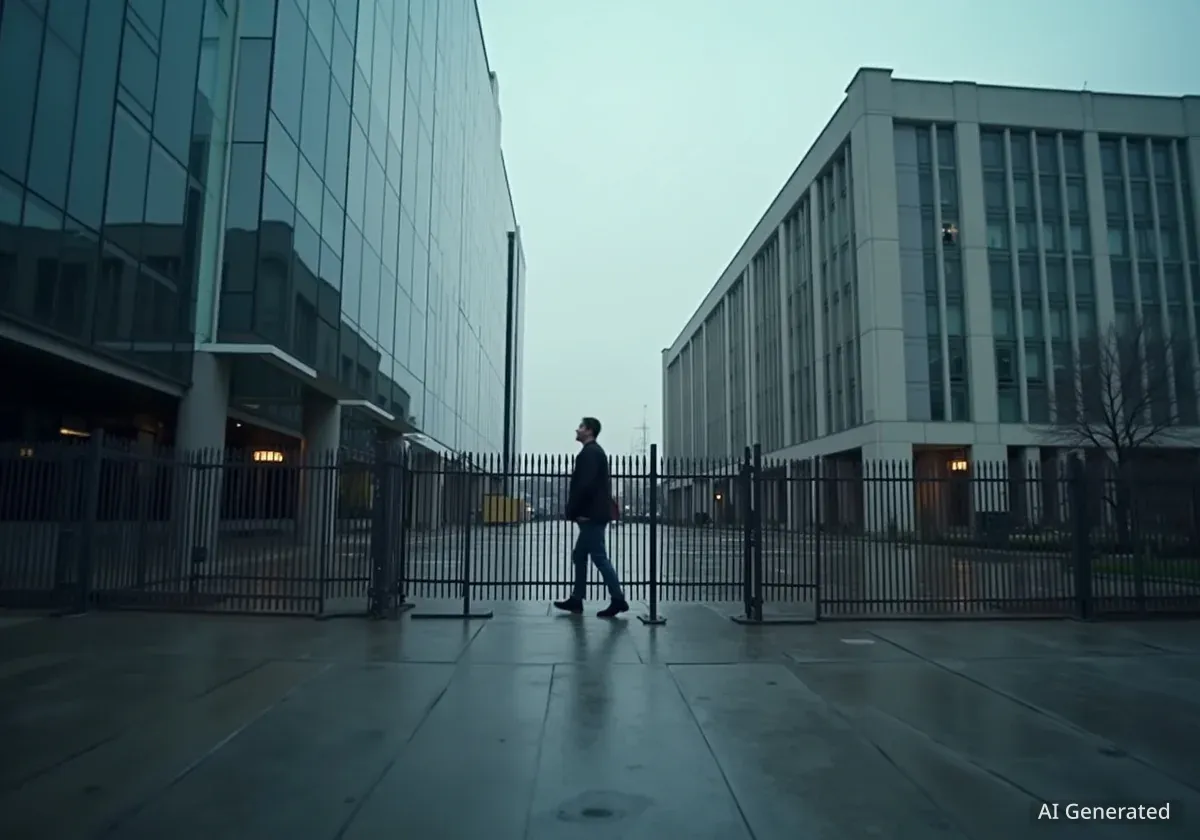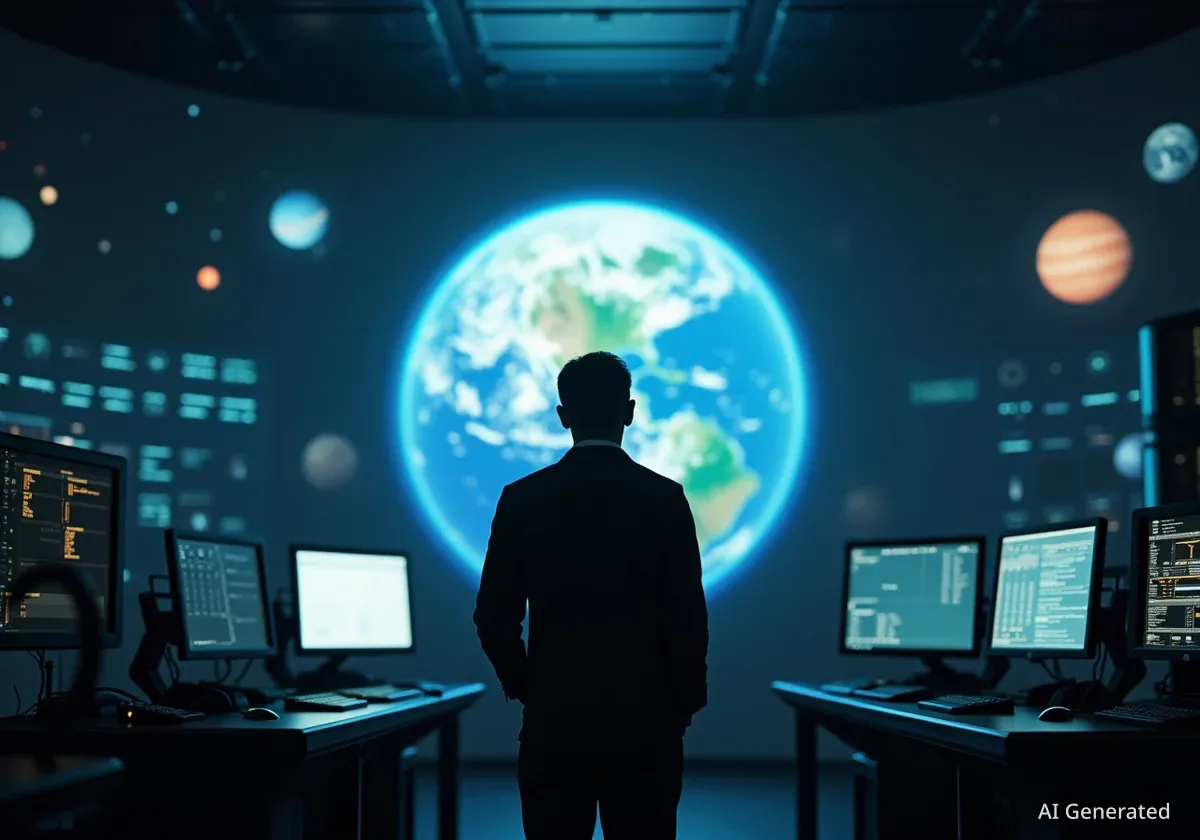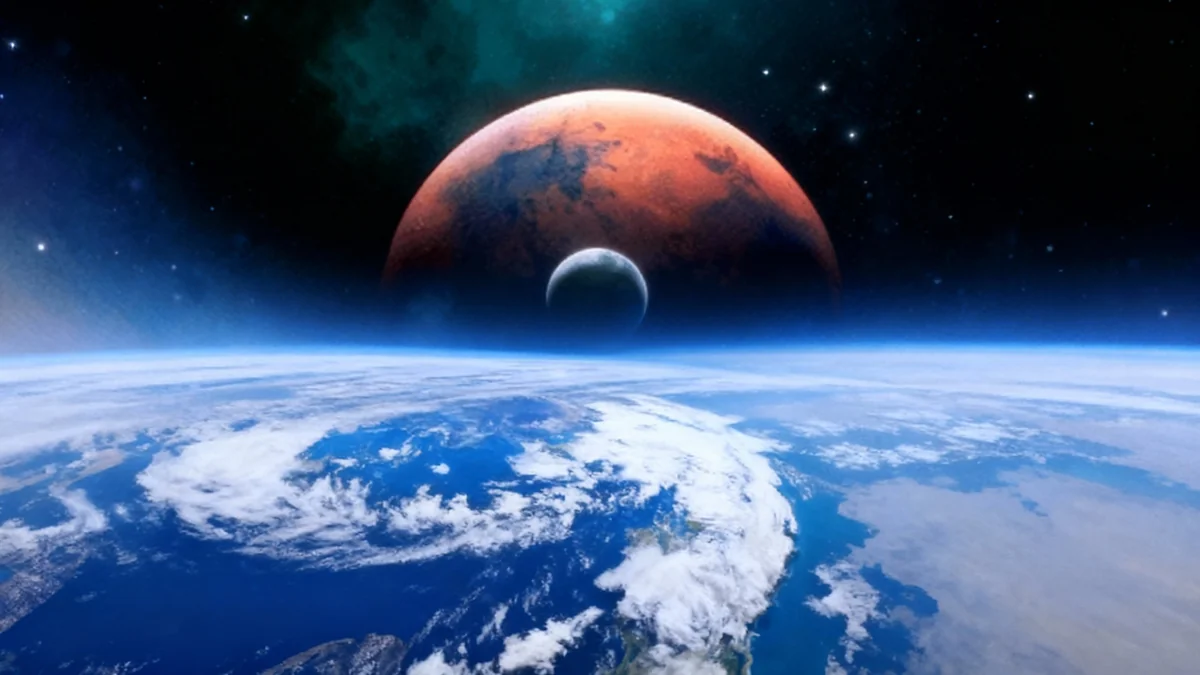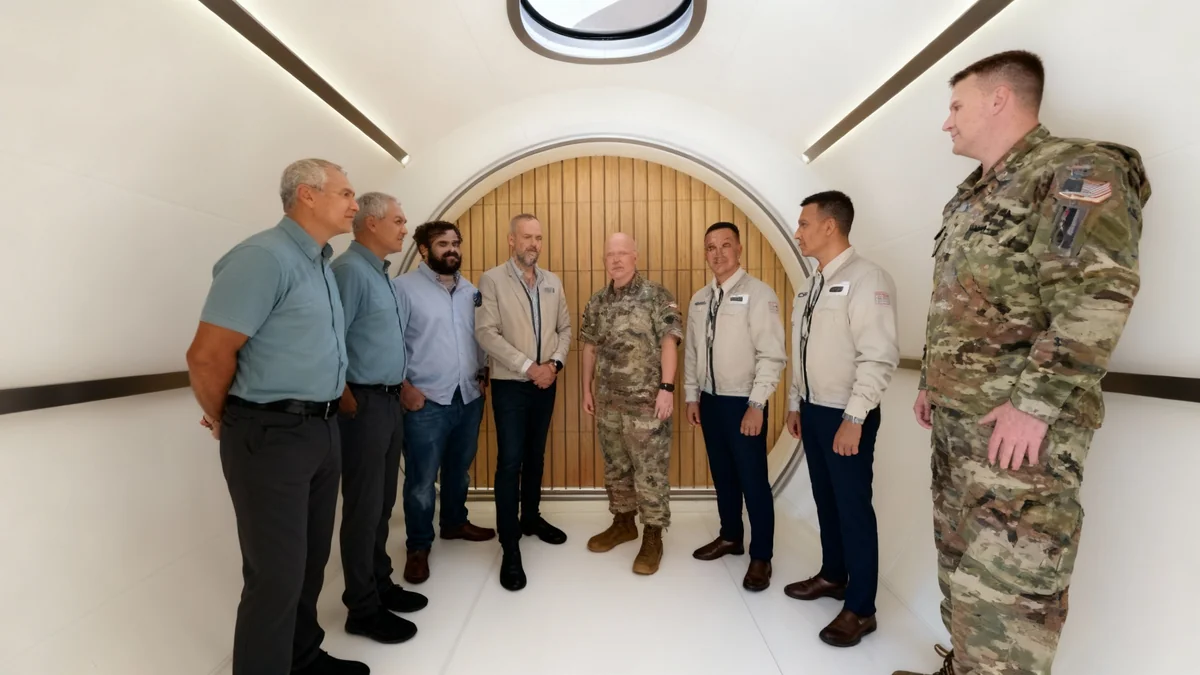Recent developments in space exploration and policy have been dominated by the U.S. government shutdown, which has temporarily halted operations for thousands of NASA employees. Concurrently, new details have emerged regarding investment in SpaceX, while scientific attention turns to asteroids near Venus and a weather report from a sunless exoplanet.
Key Takeaways
- A U.S. government shutdown has furloughed approximately 15,000 NASA employees, impacting non-essential agency functions.
- Testimony has indicated that SpaceX received direct investment from Chinese sources, raising questions about foreign influence in the commercial space sector.
- Astronomers are monitoring a group of difficult-to-detect asteroids near Venus that could potentially pose a future threat to Earth.
- The James Webb Space Telescope has provided the first weather data for a rogue exoplanet, revealing a world with stormy conditions and auroras despite lacking a host star.
NASA Operations Impacted by Government Shutdown
The U.S. federal government shutdown has had a significant and immediate effect on NASA, with an estimated 15,000 employees designated as non-essential and placed on furlough. This action effectively pauses a wide range of the agency's activities, from administrative functions to long-term research and development projects.
Essential operations, such as managing the International Space Station (ISS) and monitoring active spacecraft, continue with a skeleton crew. However, the vast majority of the agency's workforce is unable to contribute, potentially delaying timelines for future missions and scientific analysis.
What a Shutdown Means for NASA
During a shutdown, federal agencies are required to cease all non-essential functions. For NASA, this means that while mission control for ongoing flights like those at the ISS remains active, public outreach, educational programs, and most scientific research are suspended. The long-term effects can include delays in mission schedules and a temporary halt in the processing of vast amounts of scientific data.
Legislative and Commercial Sector Developments
Beyond the shutdown, the space industry is navigating several other critical issues. A notable legislative proposal from Senators Ted Cruz and John Cornyn has suggested dismantling the retired Space Shuttle Discovery, a move that has sparked debate among space history preservationists.
SpaceX Investment Scrutiny
In the commercial sector, recent testimony from a company insider has brought attention to SpaceX's financial structure. The testimony revealed that Elon Musk's company accepted direct investments from Chinese entities. This information has prompted discussions about national security and the role of foreign capital in America's leading commercial space ventures.
The extent of the investment and its potential influence are subjects of ongoing analysis. As SpaceX is a critical partner for NASA and the U.S. Department of Defense, its funding sources are under careful review by policymakers.
Blue Origin Secures Key NASA Contract
NASA has selected Blue Origin to deliver the Volatiles Investigating Polar Exploration Rover (VIPER) to the Moon's South Pole. This mission is crucial for mapping water ice on the lunar surface, a resource vital for future long-term human presence on the Moon.
China's Mars Ambitions
Questions have also been raised regarding China's potential capabilities in future Mars missions. Experts are considering the hypothetical scenario of whether China could develop the technology to retrieve Martian samples collected by NASA's Perseverance rover, which is currently searching for signs of ancient life.
New Discoveries Across the Cosmos
Scientific observation continues to yield fascinating results, both within our solar system and far beyond it. The James Webb Space Telescope (JWST) has once again demonstrated its powerful capabilities by providing a unique atmospheric reading.
Weather on a World Without a Sun
The JWST delivered its first-ever weather report for a rogue exoplanet—a planet that drifts through space without orbiting a star. The data indicates the world is far from dormant, featuring a stormy atmosphere and powerful auroras. This discovery challenges previous assumptions about the conditions required for atmospheric and magnetic activity on a planetary body.
These findings suggest that internal heat sources or other unknown mechanisms can drive complex weather systems even in the complete absence of stellar energy. It opens a new field of study into the dynamics of isolated planetary bodies.
Asteroid Threats and Interstellar Visitors
Closer to home, astronomers have identified a population of nearly invisible asteroids located in the vicinity of Venus. Their orbits make them difficult to detect from Earth because they are often obscured by the sun's glare. While they pose no immediate danger, scientists are working to track them to better understand any potential long-term threat to our planet.
An interstellar comet, designated 3I/ATLAS, is currently passing through our solar system. Probes orbiting Mars and Jupiter are being positioned to observe the object as it makes its journey past the sun, offering a rare opportunity to study material from another star system up close.
Expert Analysis and Discussion
These wide-ranging topics were the focus of the latest episode of the podcast This Week In Space, hosted by space journalist Rod Pyle and Tariq Malik, Editor-in-Chief of Space.com. Their discussion provides context and analysis on the week's most significant events, from the political and financial pressures on the space industry to the latest scientific breakthroughs.
The program regularly examines the complexities of the modern space age, including the race to return to the Moon, the commercialization of low Earth orbit, and the long-term goals of sending humans to Mars. The hosts break down technical and policy issues for a broad audience, explaining the real-world implications of headlines from across the space sector.





